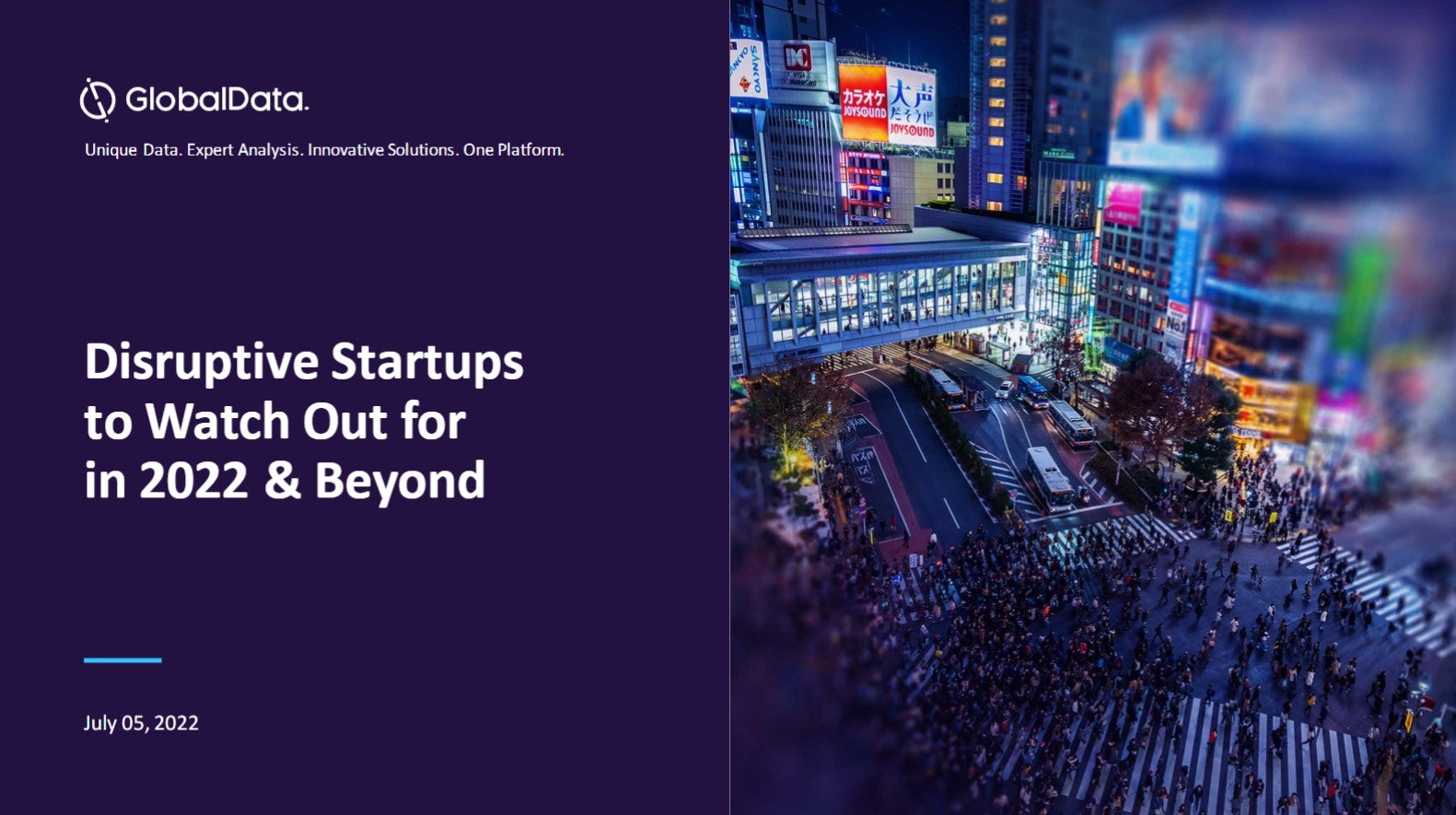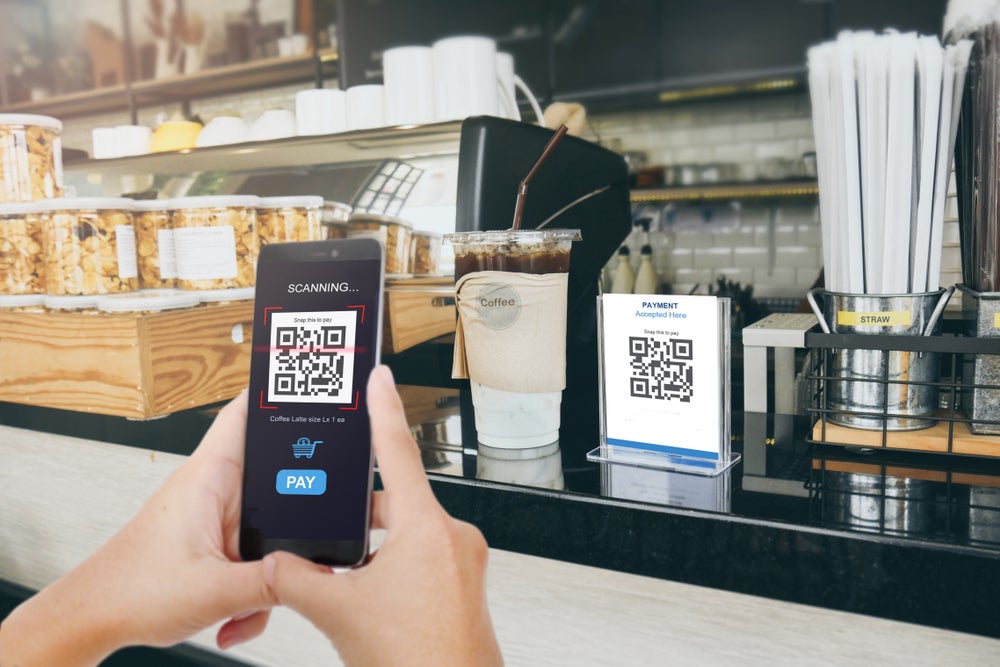
Speaking to Evie Rusman, industry experts discuss how innovation is set to transform the payments sector in 2020 and provide new opportunities
Abdeslam Alaoui Smaili, HPS
Innovation Is key for payments sector
Payments is a dynamic sphere that is constantly changing. 2019 has been no different for the industry. Underlining this year of transformation, in my opinion, have been two key themes: open innovation and instant payments.
Open business and innovation have been vital to the payments industry, and I expect this trend to continue long after the end of the year. It is a cornerstone of financial technology and particularly important to the payments sphere.
Our partnership with SIA in July this year is symbolic of the increasingly borderless methods of conducting business. We created a dedicated “Centre of Excellence” in Athens to support SIA in the development of all payments cards initiatives in Greece. This initiative is emblematic of the open business era, highlighting a new way to conduct partnerships and shows how interconnected the relationship is between supplier, client and customer.
Instant payments
Instant payments are and will continue to be, a major trend in the payments industry. The fight against cash has driven the adoption of instant, electronic payments. The fight is worldwide and happening now. We have seen instant payments take on characteristics of cash e.g. immediate settlement – but what is more exciting for us at HPS, is the scope for innovation in fraud prevention, security and payment analytics.
The role of AI
As 2020 approaches I would highlight two key trends that will no doubt have huge ramifications for the payments industry: instant/invisible payments and the role of AI.
How well do you really know your competitors?
Access the most comprehensive Company Profiles on the market, powered by GlobalData. Save hours of research. Gain competitive edge.

Thank you!
Your download email will arrive shortly
Not ready to buy yet? Download a free sample
We are confident about the unique quality of our Company Profiles. However, we want you to make the most beneficial decision for your business, so we offer a free sample that you can download by submitting the below form
By GlobalDataAI increasingly underlines everything we do, not only at HPS but with our clients and partners too. There is huge potential for its application, and I think that 2020 will prove to be pivotal to its widespread implementation.
There are so many areas within our industry in which it can play a role; from customer relationship management to anti-fraud security measures. The capacity for machine learning and behaviour prediction could lead to significant increases in productivity and a reduction in the cost of business. The future of AI is exceptionally exciting, and I believe in 2020 we will see its role come to the fore.
Advancing payment technology
Instant and invisible payments are also trends that we have seen in recent years, but ones I expect to grow even more in 2020. As Gen Z has matured around technological development in payments, there will be no turning back. I predict that Gen Z will soon not be able to imagine a payment that is not instant.
Invisible payments, admittedly, is further behind but 2020 will see huge advances in this technology. As legacy financial companies grow less afraid of their fintech counterparts and begin to adopt new technology we will see huge advances in payment technology.
Finally, it would be remiss of me to fail to mention regulation. It plays an important role in defining the industry, and 2020 will be no exception. Regulation, in the end, aims to protect the consumer and as solution providers we are committed to meeting international regulatory and security standards.
Ralf Gladis, Computop
Looking ahead to 2020
There are few industries in such flux as e-commerce, and there are two key payment trends that will shape its development in 2020. Unsurprisingly both of them put the customer centre-stage through the use of innovative technology.
The first is biometrics: Fingerprints, face scans and voice recognition will become more widespread and more noticeable in e-commerce transactions in 2020. They will also herald an unprecedented level of security and convenience in payment transactions. Customers and retailers will be better protected against fraud than ever before and will no longer need notoriously easy to steal passwords. With Secure Customer Authentication Delegation, retailers will even be able to use biometrics themselves for payment authentication, a process previously restricted to banks. The authentication of the payment therefore will merge neatly with the login and the result will be one less step in the buying process, and one less point at which the customer can abandon their purchase.
Omnichannel
The second is omnichannel: Haven’t we heard this before? No, we’re moving on. Online and offline trading continue to merge and improve the shopping experience for online consumers as well as those with a preference for the high street. 2020 will see the emergence of changing rooms that can be reserved via mobile phones and in which the selected merchandise is ready and waiting when a customer walks in. Large touch-screen displays will also bring the online store to life at the physical point of sale. This means that customers whether they are in DIY shops, or in a department store, can immediately select items that are not in stock on site, order them and have them delivered to their homes at a time to suit them.
These are not pipe dreams. Many retailers are already implementing SCA Delegation with a view to improving the customer journey, speeding up payment and ensuring transactions are secure. And when it comes to ordering in-store to deliver at home, it was always just a matter of time.
Parth Desai, Pelican
Taking advantage of new payments technology
Customers’ expectations, behaviour and preference with regards to payments, have changed radically over the last five years. Today the payments industry is at the centre of banking transformation. Banks, once the guardians for payments, have lost a lot of control to fintechs and increasingly recognise the need to work together.
Payments processing has taken full advantage of modern technological advances. The adoption of APIs has taken this to a new level. New payments technology has changed the way we buy, transfer funds (domestically and internationally), and expect money to be available immediately.
The key payment trends Pelican sees on the horizon for 2020 and beyond include:
- Increased collaboration between banks and fintechs– upping the game with new value-added services that have payments at the core. For example: real-time money movement between multiple accounts and between banks, and better provision of “personal financial management” tools with various investment options. The payment service provider will be more of a boutique, offering tailor-made services.
- Convergence between payments and compliance driven by instant payments– the adoption of instant payments by corporates will increase convergence between payments and compliance. Merchants and corporates will demand AML and transaction monitoring in real-time. Artificial intelligence (AI) will be crucial in detecting fraud and managing risk to ensure real-time compliance for payment services.
- The rise of Payment as a Service– payment services are not a core competence for e-commerce providers and they will increasingly work with technology partners offering Payment as a Service.
- Increased uptake of AI and machine learning– As payments processing continues to advance and request for payment (RT2) takes off, the use of AI and machine learning will become mainstream in ensuring good cashflow, funds allocation and availability 24 x 7.
Compliance trends
Compliance requirements for financial institutions are increasing, particularly in relation to combatting financial crime. We expect spending to increase significantly over the next 12 months as banks deploy technology to streamline their financial crime compliance operations. Examples include case investigation tools, alert triage, improvements to the customer experience through seamless onboarding, and fraud prevention tools.
Key technology trends Pelican expects to see in the area of compliance include:
- Use of AI for more advanced analytics– to date, AI applications for financial crime prevention have focused on the predictability of the data provided. More advanced analytics will focus on the explanatory aspect of the models.
- Fraud and AML convergence –at the ACAMS Conference in fall 2019, financial crime practitioners agreed that fraud and AML investigations teams are working more closely together now than three years ago. Collaborative tools will help ensure this convergence continues.
- Automation of trade finance compliance operations –there is an imminent technological change taking place within trade operations at financial institutions. This includes the potential use of blockchain, and increased digitisation in what historically has been a very manual paper-intensive process. The use of Natural Language Processing (NLP) along with Optical Character Recognition (OCR) is something that will skyrocket during 2020.
- Increase in Robotic Process Automation (RPA)– we expect to see a dramatic increase in the automation of repetitive manual tasks, reducing human involvement. This will have a particular impact on the compliance function as during the investigation process, there are plenty of repetitive processes that can be robotised, and it will free up staff to focus on higher value activities.
Todd Clyde, Token
2019: the year open banking came into its own
2019 was the year that open banking started to come into its own. Data use cases prevailed, but we also saw adoption of innovative payments implementations that are already moving the needle for third parties, lowering costs and streamlining the user experience.
Early movers in the property sector in particular are already benefitting from adopting open banking payments, and other verticals will be quick to catch on.
While it is true that less than 50% of banks have met all the requirements mandated by PSD2 so far, this is only part of the picture. Progress is being made and we are successfully connecting and unifying the fragmented API landscape, providing third parties with one API to access all European banks.
A look to 2020
Adoption of open banking services and API calls will continue to increase in 2020. Initially this will be broader adoption of early single payment use cases, such as first payments and wallet loads (think early adopters Caxton FX and StuRents).
By H2 I expect to see experimentation with more sophisticated payments use cases in a range of different verticals. This will most likely begin with subscription payments and then expand to recurring payments of variable amounts, as awareness of what can be achieved with open banking continues to grow.
Premium APIs
More banks will transition from APIs that are solely focused on delivering PSD2 compliance to premium APIs that enable commercial opportunities. Once this happens, it won’t be long before rule-based fund sweeping use cases emerge – where money is automatically moved from one account to another based on “rules” or “triggers” without requiring the user to be present or consent at the time of the sweep.
The impact this would have on overdrafts would be significant, but it would be an opportunity in disguise for banks, as it would enable them to offer lending or savings products and set up recurring funding / consumption of those products.
Jennifer Philo, Blackhawk Network
How brands can better engage with customers through innovative payments
The entire payments landscape is experiencing a period of major growth and transition. As brands continue to tap innovative payment solutions in 2020, several key trends will rise to the top:
There is growing interest in points-based payments
According to research from Blackhawk Network, 29% of consumers surveyed report paying with points more often than they did last year. Additionally, 70 percent of consumers surveyed said they are somewhat or very interested in paying with points. Certainly, brands like Starbucks have been leading the way on this, but as consumers become more comfortable with points-based payments, look for this trend to continue to take shape.
Leveraging gift card ecommerce opportunities will be a big boost
eCommerce now accounts for 15% of U.S. retail sales. Businesses should tap into this online potential by stocking their digital shelves with gift cards, making gift cards easy to find online and enabling seamless checkout—just like they would in a brick-and-mortar setting.
The increase of gaming and streaming
The number of worldwide gamers grew to 2.4 billion last year and tens of millions pay to subscribe to gaming services and streaming platforms, which rely on gift cards and prepaid cards to gain access to the digital ecosystem.
Branded payments like open-loop prepaid cards and gift cards are essential for fuelling this growth and can help drive online revenue outside of traditional credit and debit card payments.
By bringing innovative, approachable payments to life, brands in 2020 have a unique opportunity to better reach customers along an increasingly critical purchase path through digital and mobile payment offerings that are seamless, invisible and efficient.
Alexandre Albarel, Worldline
2019 Round-Up and Looking Forward to 2020
Consolidation has been a major trend within the worldwide payments industry in 2019, with Fiserv acquiring First Data, FIS taking over Worldpay and the TSYS acquisition by Global Payments, to name just the big tickets. Europe, too, saw some major M&A activity recently, such as SIX Payment Services joining Worldline in late 2018.
Yet, as the European payment landscape is still highly fragmented this trend will develop further in 2020, as scale becomes critical in the highly competitive environment where innovation is key. It is Worldline’s intention to take an active part in the European Payments landscape consolidation.
New payment brands
In recent years, we have also seen a proliferation of new payment brands and alternative payment methods enter the European market. The payment brands of social technology giants, such as Apple Pay, Google Pay or Amazon Pay and more recently Chinese players such as Alipay and WeChat Pay, leveraging their huge customer base, target the attractive European market.
Such players can rely on cooperation with proven payment infrastructure providers like Worldline to enable merchants to accept those innovative payment means across Europe online and in their stores. It is our role to constantly enrich the catalogue of payment means we enable our merchant customers to accept.
As an example, we have recently announced a partnership with Bitcoin Suisse to facilitate the use of crypto currencies as a payment means in Switzerland. Indeed, crypto currencies and stablecoins are another topic that will impact our industry (as proven by the general reaction following the Facebook Libra project announcement) and it is key for a company like Worldline to take a proactive role on this topic.
Regulation also strongly impacts our ecosystem. PSD2 is reshaping the European payment landscape, giving birth to new players (Fintechs) that challenge the established leaders in each sector, take the customer journey into new dimensions and give access to enriched financial services.
Advancing technologies
Finally, the payments market is heavily impacted by new technologies and the way customers adopt them. The massive development of mobile usage for example led to the expansion of Open Banking and has triggered a wave of payments innovation and contributed to the ongoing disruption in the banking and payments market. User adoption is the key criterion that will determine the success of new payment means and new financial services.
Real time payments development is also going to strongly impact the way customers or businesses pay. Several clients participating at the Worldline e-Payments Challenge this year listed real-time payments as their priority.
In this context payments companies, but also merchants and any business that accepts payments, have to be agile and adopt an innovative mind-set in order to create propositions that deliver a seamless experience for customers.
2020 is bound to be an interesting year the for payment industry: from a corporate perspective, consolidation will continue. But even more exciting is the link between user experience and technology. We can expect a broad spectrum of innovations borne from AI and ML that emphasise the undisputed role of the customer at the heart of every progress.













